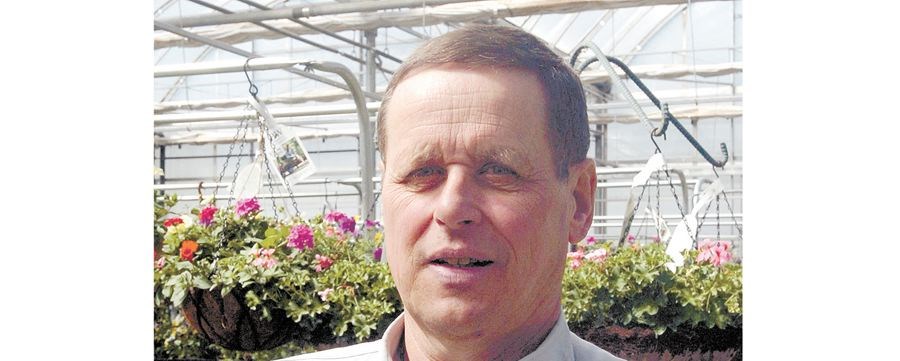Ornamental grasses have been used in European landscapes for centuries, and they are now becoming popular here. They are a beautiful way to add motion and sound to a landscape, as the wind moves the grass. Use them in a mixed bed with other perennials, as borders, fillers, backgrounds, in mass plantings, and in a natural setting. They also make beautiful container plants. Over the past few years there are more and more varieties of hardy, ornamental grasses that are becoming available for our area. They come in a range of size, style and colour. Some are grown for their colourful foliage, while others for their flowers and still others which have both . Many of the varieties offer year round interest as some varieties remain green year round and others have interesting flower heads that are attractive throughout the fall and winter months. Ornamental grasses are a very low maintenance perennial, that can tolerate different soil types, are drought tolerant once established, and are rarely bothered by pests, disease and are deer and rabbit resistant. They grow best in full sun to partial shade. They will often grow where other plants may not thrive.
Ornamental grasses are divided into two basic groups, cool season and warm season. Cool season grasses start to grow in early spring and warm season grasses need a couple of weeks of warm temperatures to get them growing. Some varieties of grasses that grow well in our zone 3 climate include;
Calamagrostis acutiflora' Karl Foerster'- Is a popular reed grass variety. The dark green foliage grows in clumps and the soft feathery bronzy red flower spikes mature in midsummer and dry and stiffen to a golden colour that last for months. It has a narrow growth habit, growing 1.2-1.5m tall and 60-70 cm wide making it a good choice for back borders, mass plantings, or a specimen. Maintenance is done in early spring. The plant is cut back to the ground and after a few years it can be divided and the vigorous clumps are replanted.
Calamagrostis acutiflora 'Avalanche' - Is clump forming reed grass with attractive green foliage that has white stripes running down the middle of it. The feathery soft pink flowers appear in mid summer and mature to stiff wheat coloured spikes that add winter interest. Has similar attributes and care as Karl Foerster, as does Calamagrostis acutiflora 'Overdam' which has variegated foliage and soft pink flowers. These are all cool season grasses.
Helictotrichon sempervirens - (Blue Oat grass) Has beautiful silver/blue, wiry foliage that remains throughout the year, giving it year round interest and colour.The graceful flowers rise above the foliage and last for months. It is clump forming, growing 60-90cm tall and wide. In the spring the foliage can be cleaned up by trimming the plant back. The clumps can be divided in the spring. We have several of these growing in our landscape at home for a number of years and they have done extremely well. It is a cool season grass.
Leymus arenarius - (Blue Lyme Grass) Is known for its steel blue foliage, that can be used in floral arrangements. It grows 60-90 cm tall and wide but spreads easily. It is suggested that this grass be planted in a contained area to keep it from spreading. This would be a good ornamental grass to plant along a slope to stabilize the soil. It is a warm season grass that is cut down to ground level in the spring and it can also be divided in the spring
Miscanthus 'Purpurascens' - (Flame Grass) The beautiful dark green leaves turn orange then bronze in the fall. The tall soft pink, large flowers mature into silver and add to the winter landscape. It grows 1.2-1.5 m tall and 75-90 cm wide. Flame grass is a warm season grass that is trimmed back to the ground in the spring.



